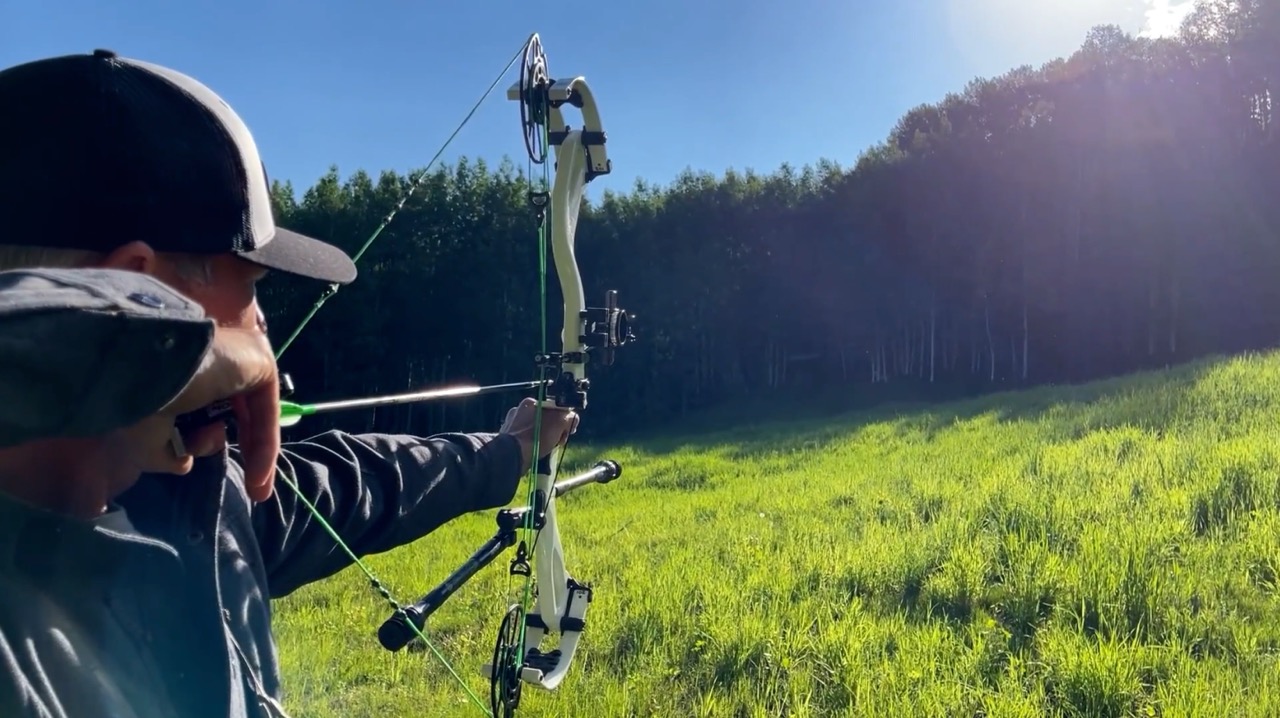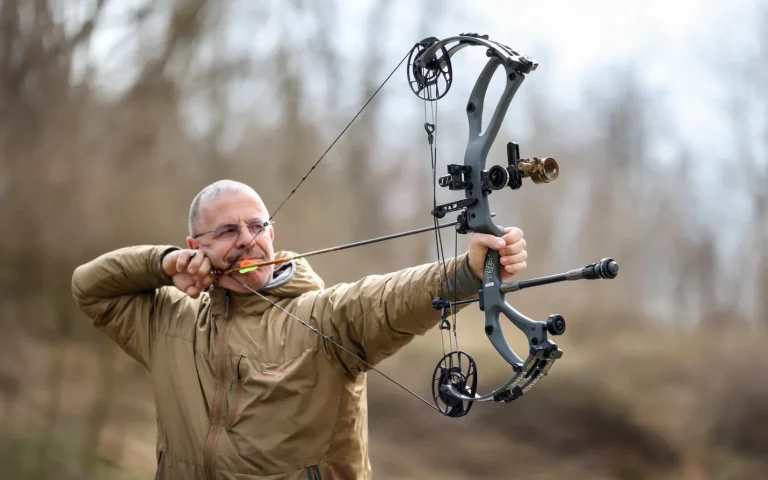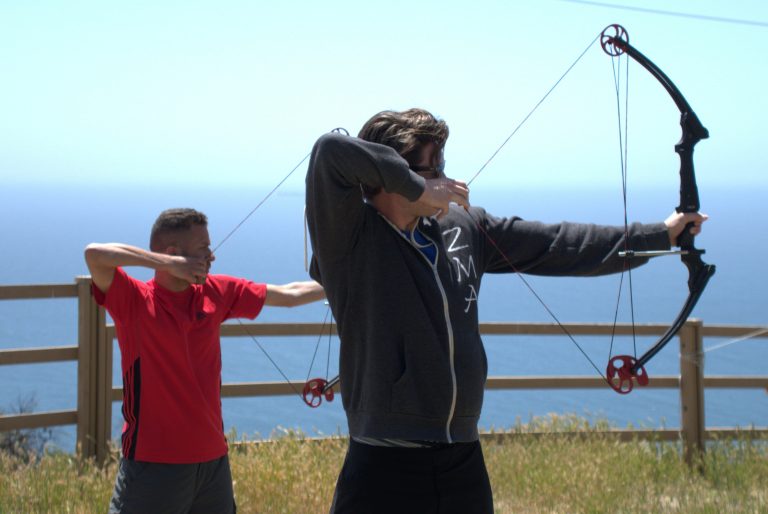How Draw Weight Can Reduce Your Potential in Archery
When it comes to archery, the concept of draw weight is often surrounded by misconceptions. Many archers, especially beginners, fall into the trap of believing that higher draw weight equates to better performance and greater success. However, this is not always the case. In fact, choosing an inappropriate draw weight can significantly hinder your progress and overall enjoyment of the sport. Let’s explore how draw weight can kill your potential and what you can do to find the right balance.
Understanding Draw Weight
Draw weight refers to the amount of force required to pull the bowstring back to full draw. It is a critical factor that influences your shooting accuracy, consistency, and overall experience. Bows come in various draw weights, typically measured in pounds (lbs). For example, a bow with a draw weight of 40 lbs requires 40 pounds of force to pull the string back to its full draw length.
The Misconception of “Bigger is Better”
1. Overestimating Strength
Many archers, particularly beginners, overestimate their strength and endurance. While they might be able to draw a higher-weight bow a few times, maintaining proper form and consistency becomes challenging during extended practice sessions or competitions.
2. Increased Fatigue
Higher draw weights lead to faster muscle fatigue. This not only affects your shooting performance but also increases the risk of injuries. Consistent shooting with a draw weight that is too high can strain your muscles, tendons, and joints, leading to overuse injuries.
How High Draw Weight Affects Your Shooting
1. Poor Form and Technique
When the draw weight is too high, archers often compromise their form and technique to compensate for the extra effort required. This can result in:
- Incorrect Posture: Straining to pull the bowstring can lead to improper posture, affecting your balance and stability.
- Inconsistent Release: Difficulty in maintaining a smooth and controlled release can lead to inconsistent shots.
- Inaccurate Aim: The added strain can cause shaking and loss of control, negatively impacting your aim.
2. Reduced Practice Quality
Archery requires repetitive practice to build muscle memory and improve accuracy. A draw weight that is too high reduces the quality and duration of your practice sessions. Fatigue sets in quickly, leading to shorter and less effective practice periods.
3. Decreased Enjoyment
Struggling with a bow that is too heavy can make archery feel more like a chore than an enjoyable activity. This can diminish your enthusiasm and motivation to practice, ultimately hindering your progress.
Finding the Right Draw Weight
1. Start Low and Progress Gradually
It’s important to start with a manageable draw weight, even if it feels too light initially. Focus on developing proper form and technique before gradually increasing the draw weight.
2. Consider Your Body Size and Strength
Choose a draw weight that matches your physical capabilities. A good starting point for adult beginners is between 20 to 30 lbs. For children and smaller-framed individuals, even lower draw weights might be appropriate.
3. Consult with a Coach or Experienced Archer
Seeking advice from a coach or experienced archer can help you determine the appropriate draw weight. They can assess your strength, form, and shooting style to recommend the best weight for you.
Testing Your Draw Weight
1. Draw and Hold Test
Try drawing the bowstring and holding it at full draw for 10-15 seconds. If you struggle to maintain the position without shaking or discomfort, the draw weight is likely too high.
2. Repetitive Shooting
Shoot multiple arrows in a row to see how your muscles react. If you notice a significant decline in form and accuracy after a few shots, consider reducing the draw weight.
Benefits of the Right Draw Weight
1. Improved Accuracy and Consistency
A comfortable draw weight allows you to focus on proper form and technique, leading to more accurate and consistent shots.
2. Increased Endurance
With a suitable draw weight, you can practice for longer periods without experiencing excessive fatigue, helping you build endurance and muscle memory.
3. Greater Enjoyment
Archery becomes more enjoyable and rewarding when you are not struggling with a heavy draw weight. This increases your motivation to practice and improve.
Conclusion
Choosing the right draw weight is crucial for maximizing your potential in archery. Avoid the common misconception that higher draw weight always means better performance. Instead, focus on finding a draw weight that allows you to shoot comfortably, accurately, and consistently. By doing so, you will enhance your skills, reduce the risk of injury, and ultimately enjoy the sport of archery to its fullest.
Happy shooting!



